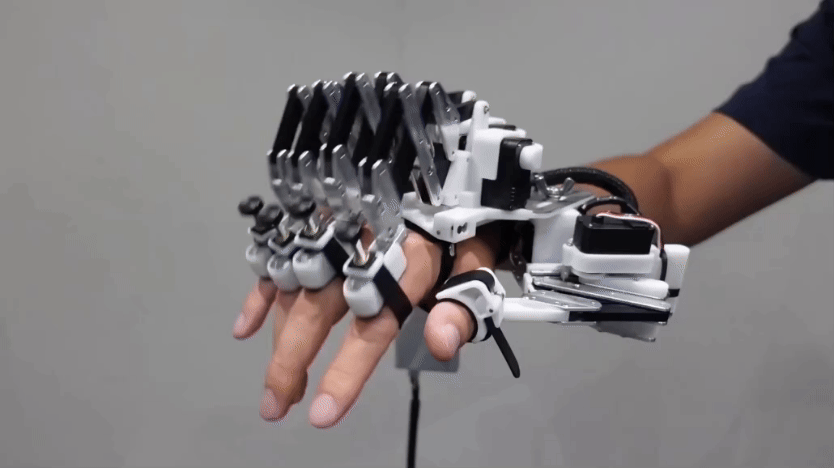Seeing Red and Blue and . . .
Seeing lots of colors when you're young might determine how well you recognize hues later in life.
By Emily Sohn
Get out the crayons and coloring books. Seeing lots of colors when you’re young might determine how well you recognize hues later in life, suggests a recent study of monkeys.
Colors don’t always look the same. A red shirt, for instance, looks different in bright sunshine versus a dimly lit closet. Yet, you still know it’s a red shirt. Monkeys have the same ability to identify a color in different conditions, a skill called “color constancy.”
 |
|
Young macaque monkeys that in their first year of life didn’t see a full range of colors couldn’t later recognize different shades of the same color. |
| PhotoDisc |
To find out whether color constancy is something primates are born with or if it’s something they learn, Japanese researchers examined four macaque monkeys that had been raised in a limited environment. From age 1 month to 1 year, the monkeys were allowed to see only a small range of colors.
Then, the 1-year-old monkeys were shown patches of color on a computer screen. When the lighting on a single color changed—making a different shade of red, for instance—the animals couldn’t tell that the basic color was still the same, the researchers found.
For 10 days, the researchers trained the monkeys to recognize blocks of color. After 3 weeks of testing, though, the monkeys still had an extremely hard time recognizing different shades of the same color. Other monkeys raised under full-color conditions did this easily.
The experiments suggest that color constancy comes from a learning process in the brain, not from the inborn structure of the eye, the scientists say. The work is the first evidence that animal eyes can see color even when they don’t have full color-constancy.
If only monkeys could dress themselves, then we’d know whether other primates have a sense of style, too!—E. Sohn
Going Deeper:
Bower, Bruce. 2004. Lighting up the rainbow: Color perception tied to early visual experience. Science News 166(July 31):69. Available at http://www.sciencenews.org/articles/20040731/fob4.asp .







